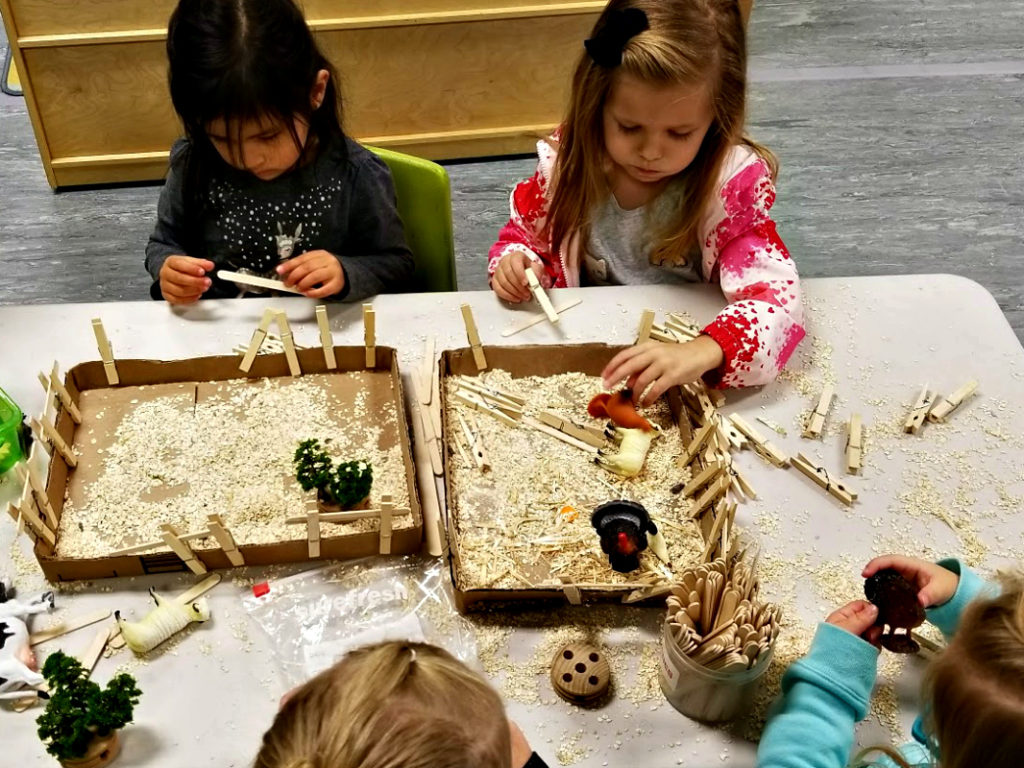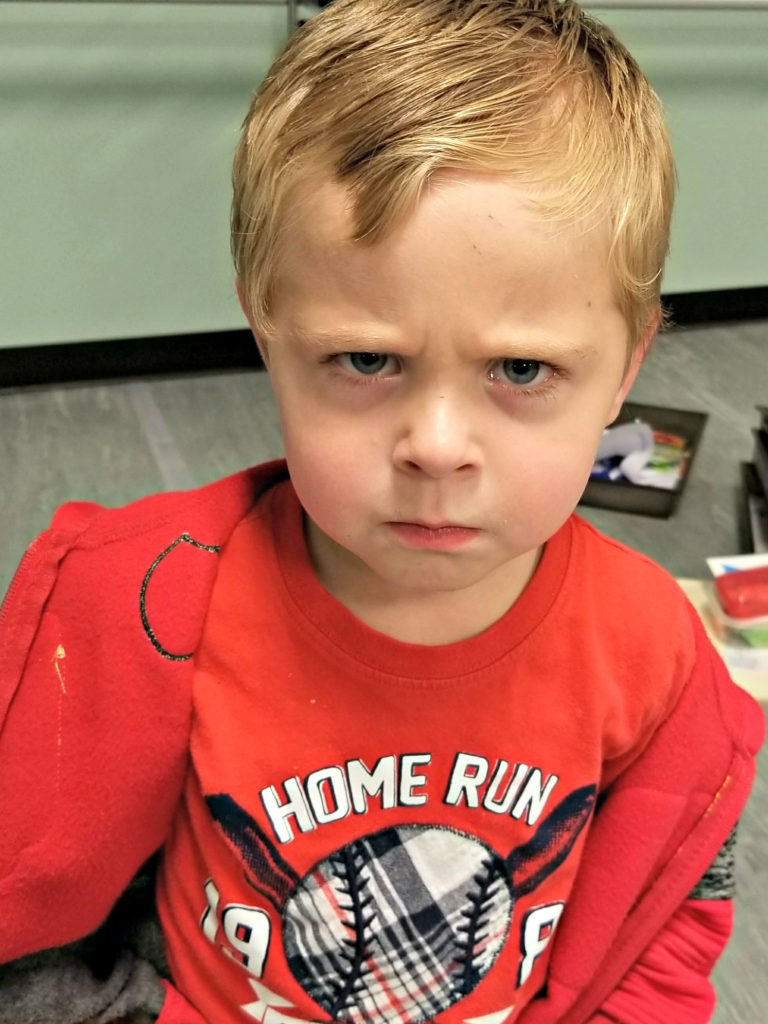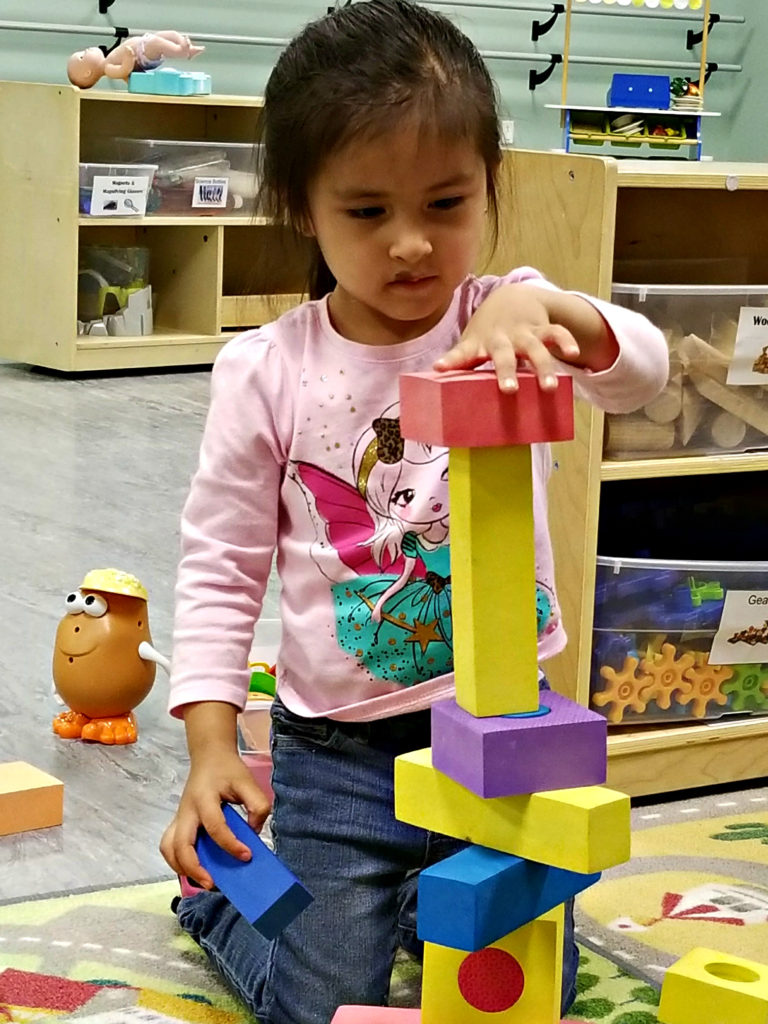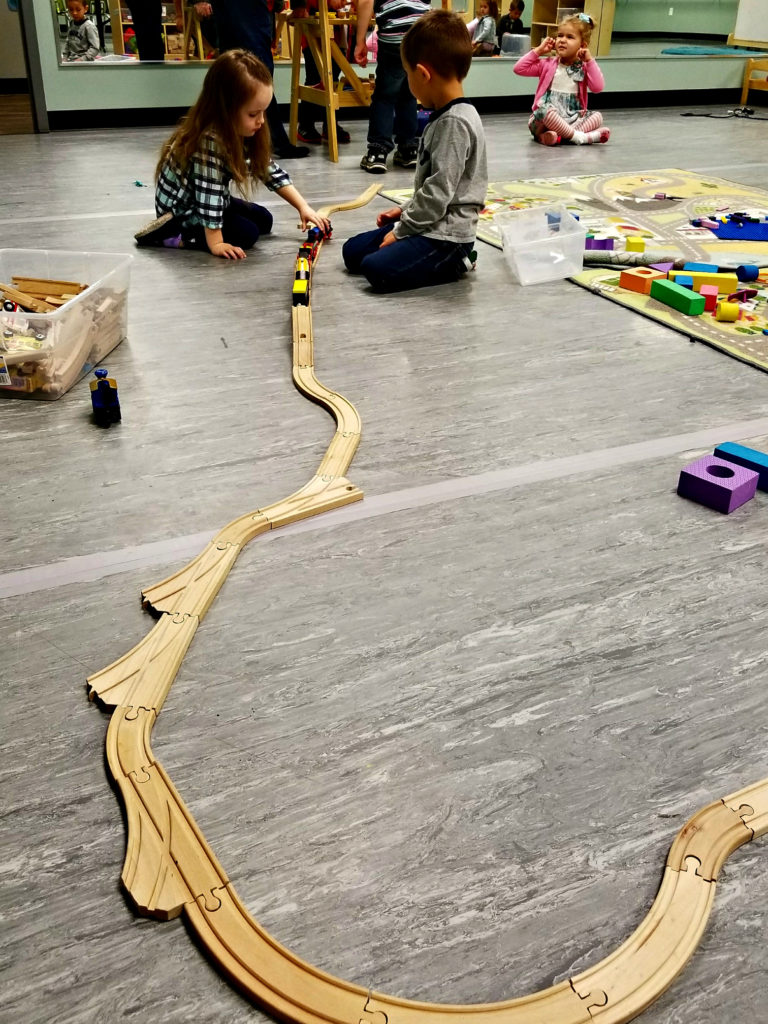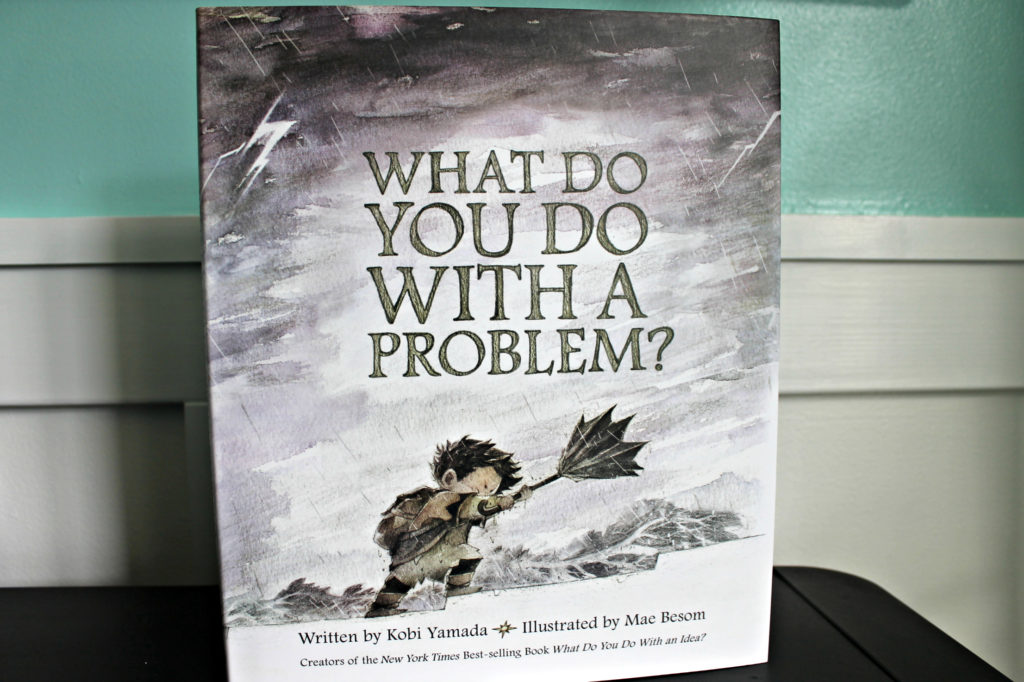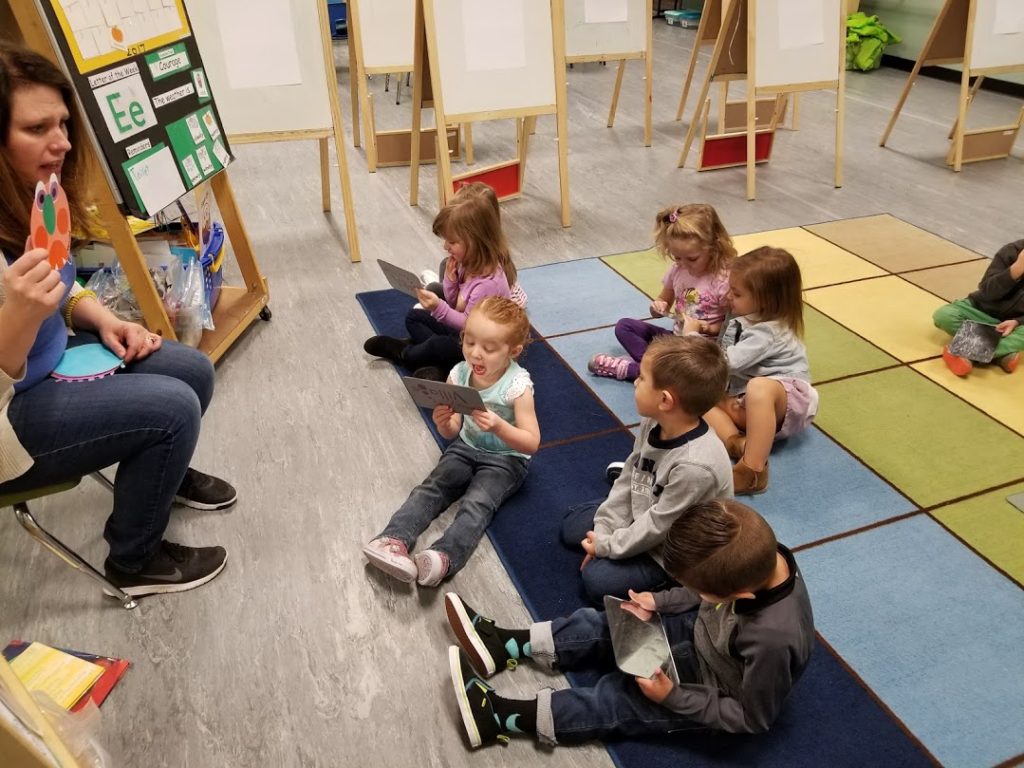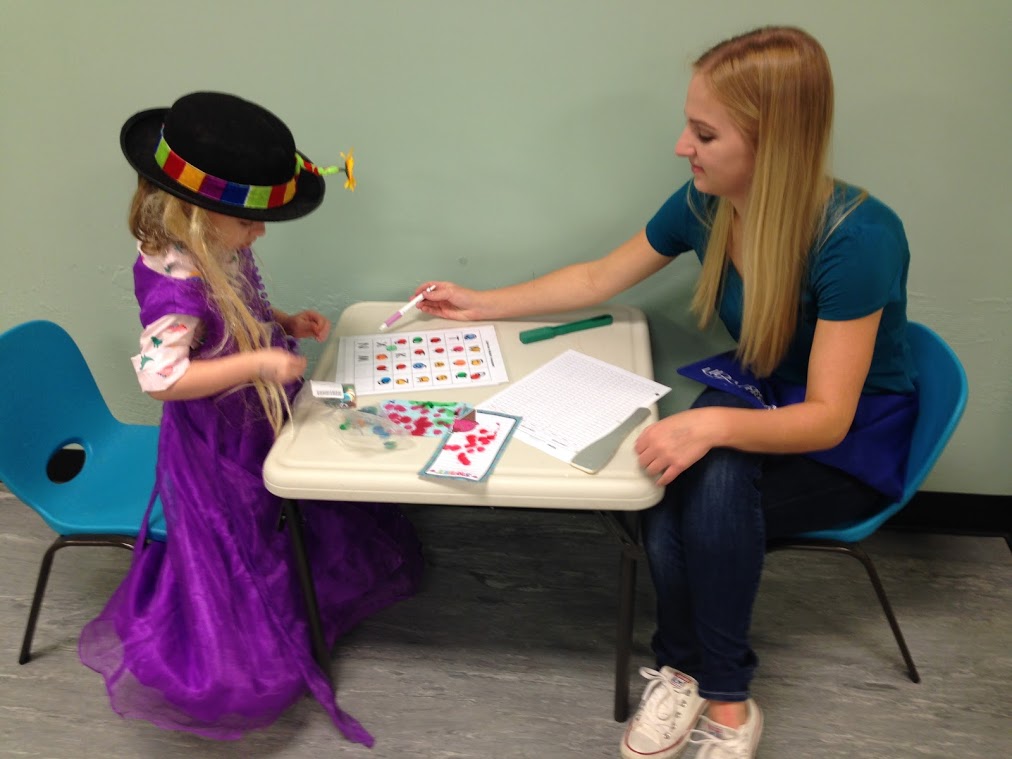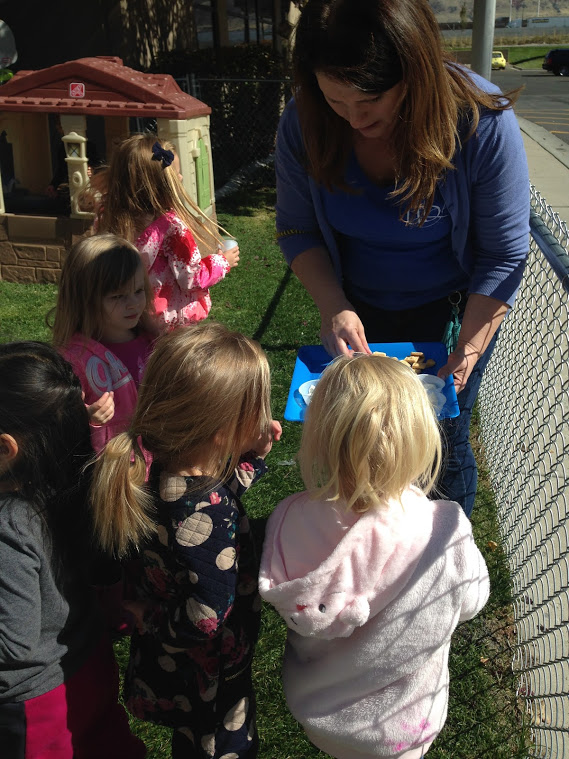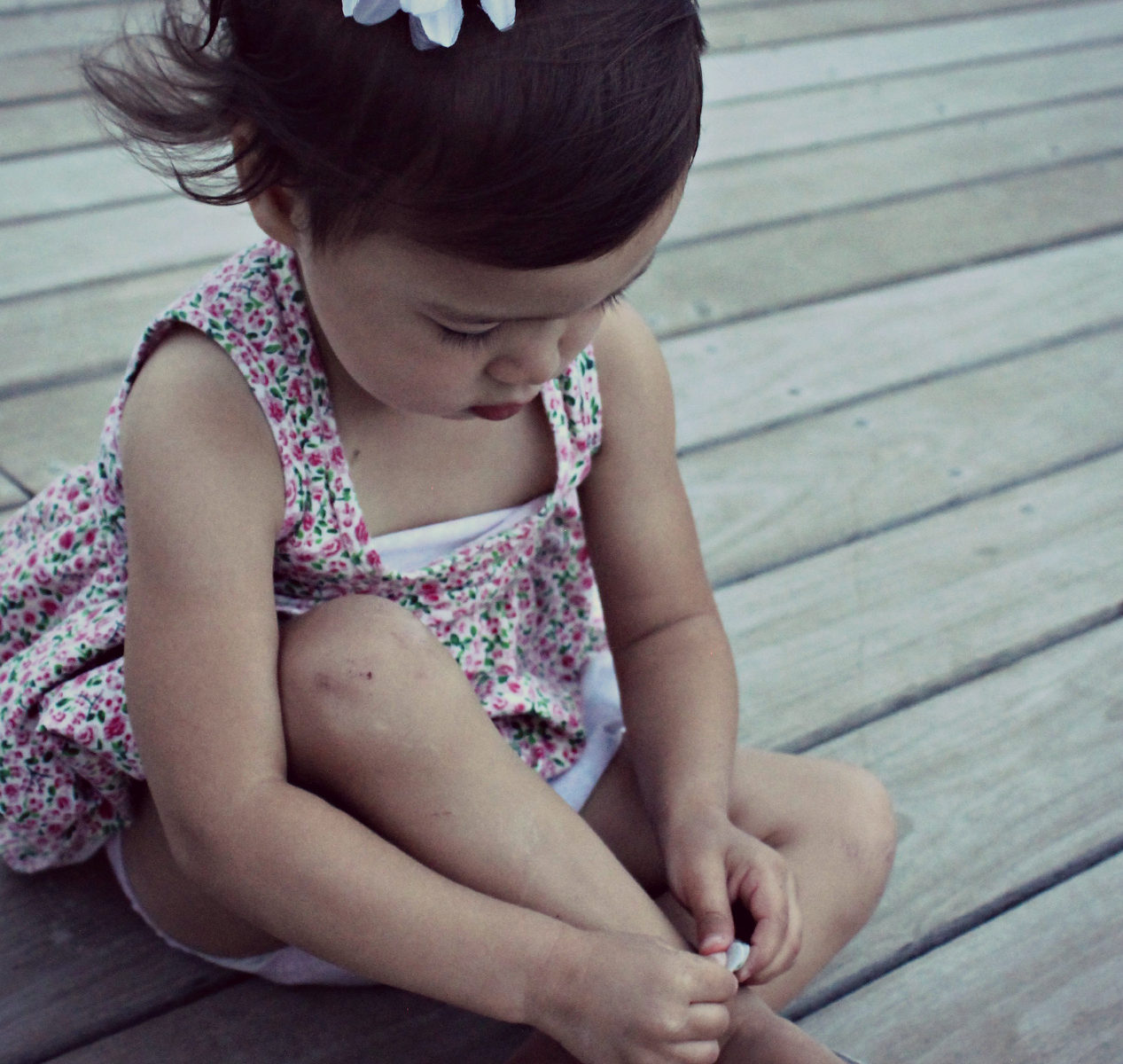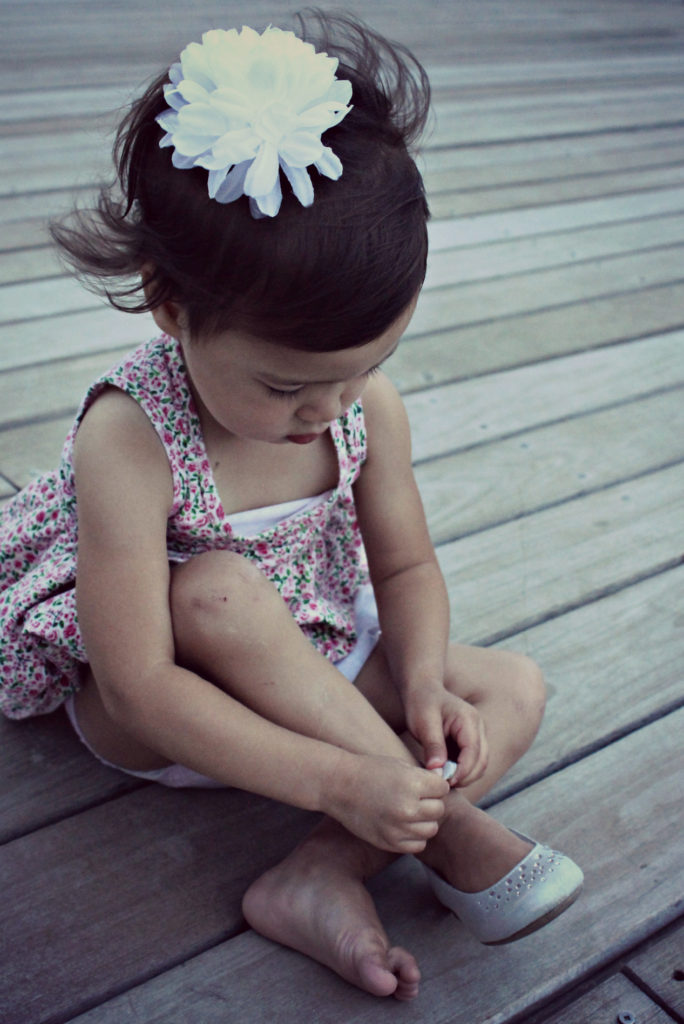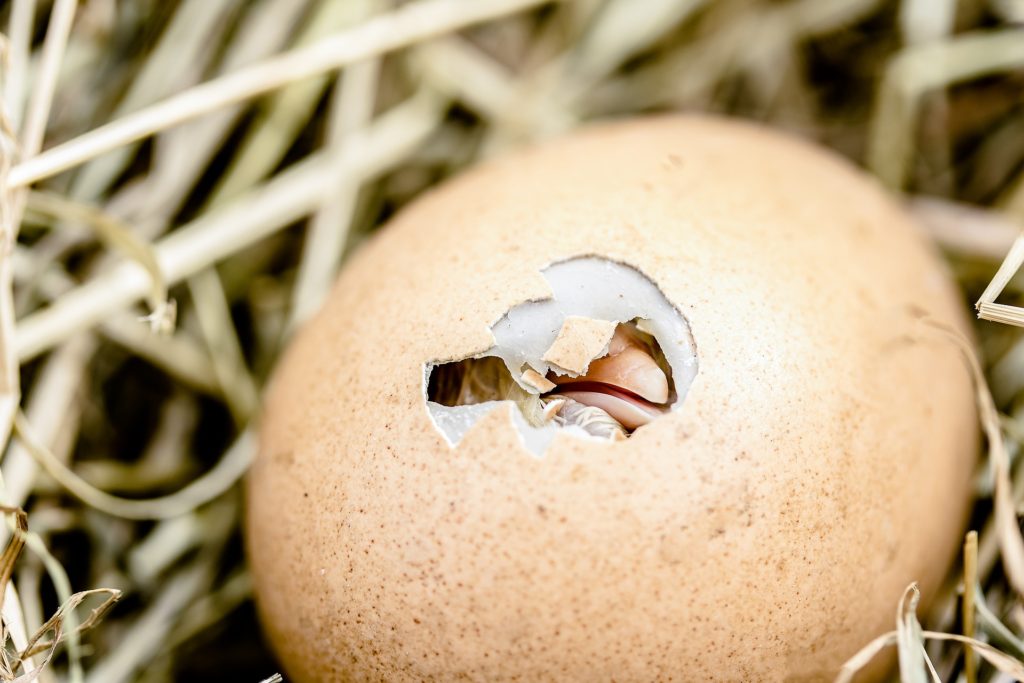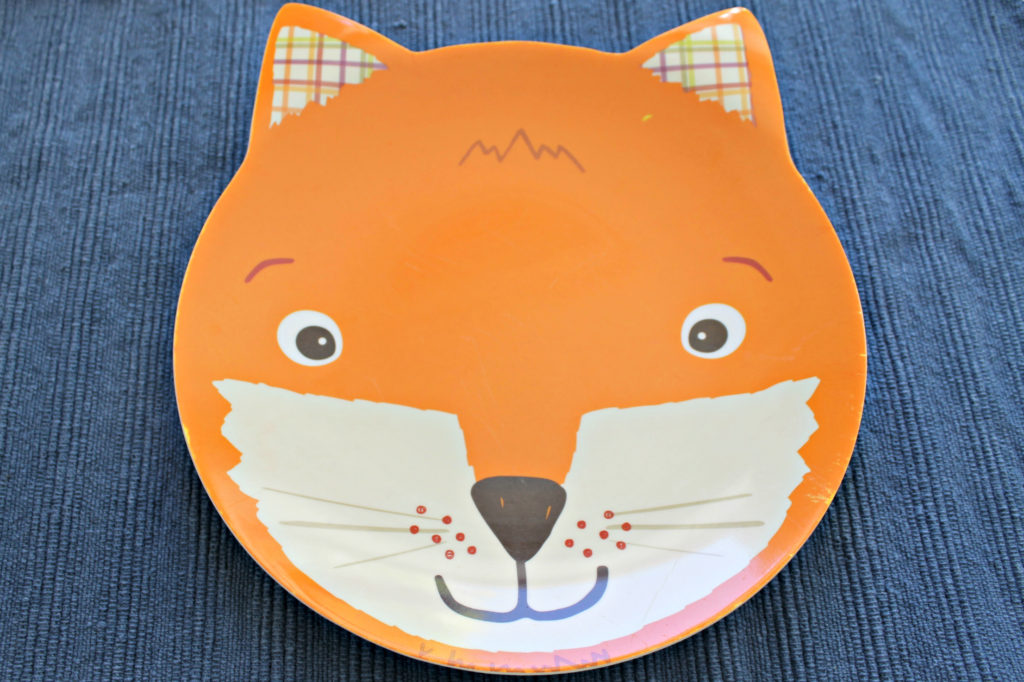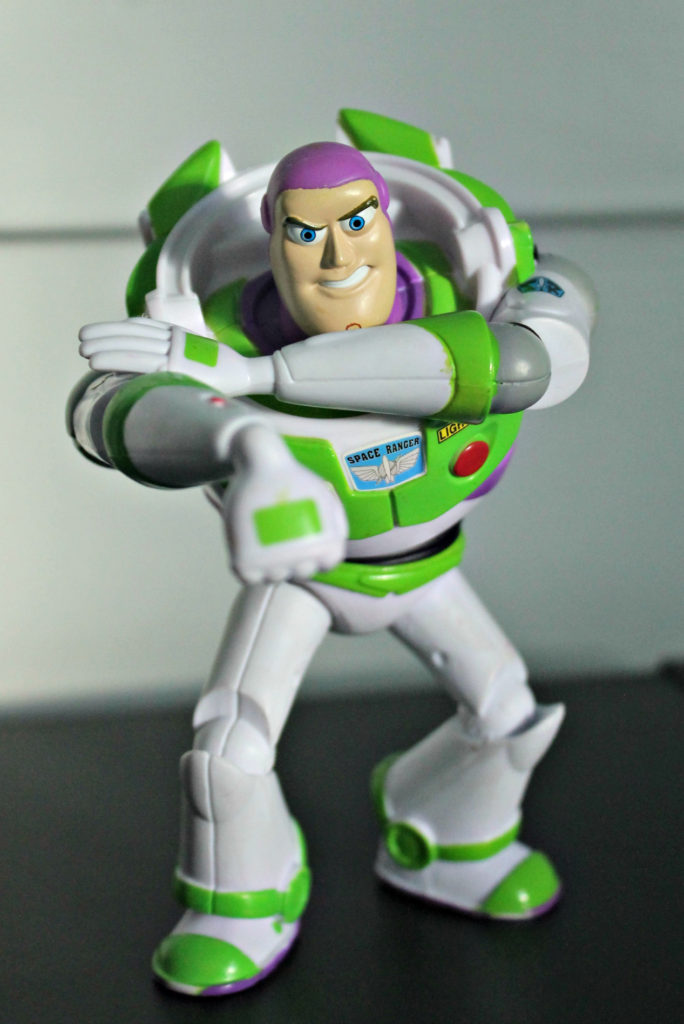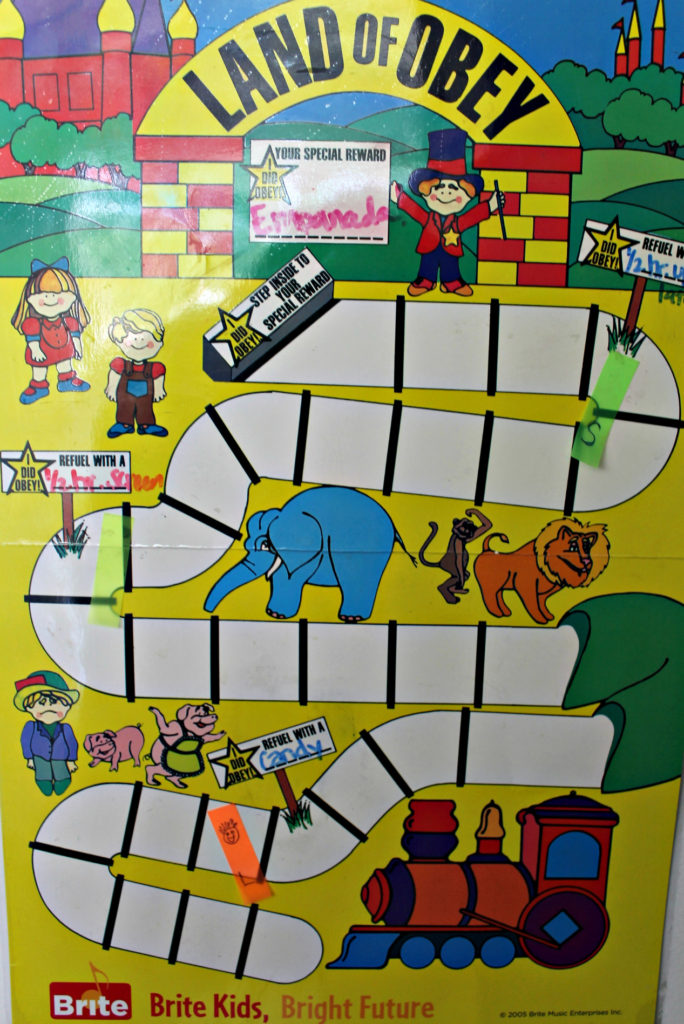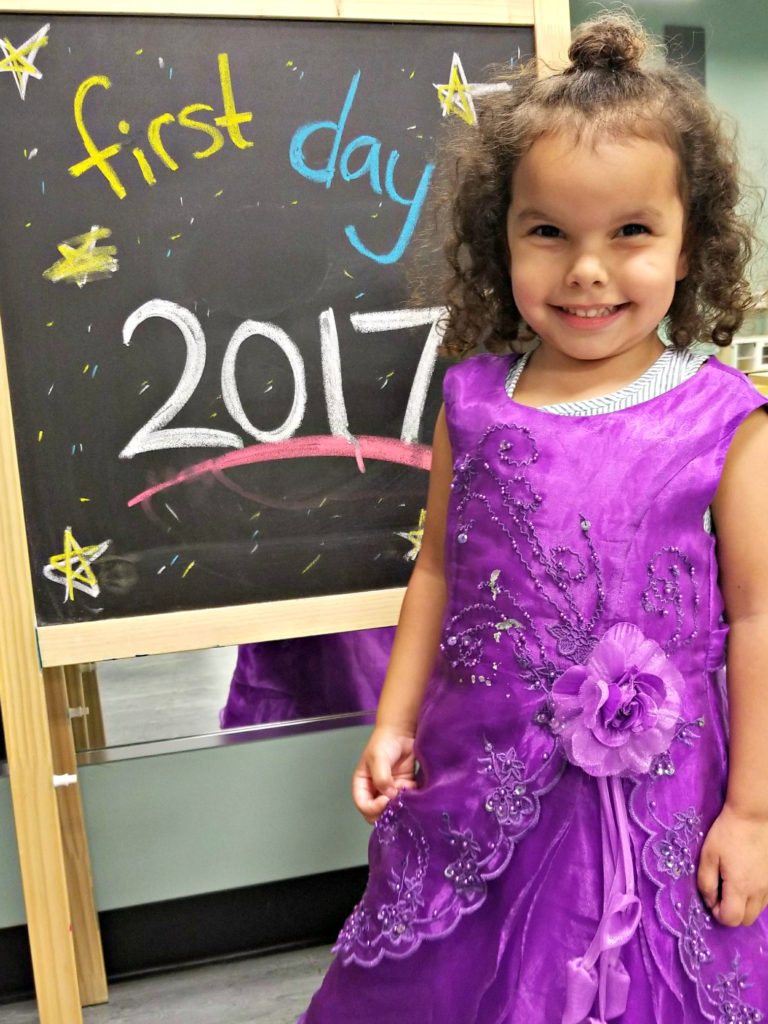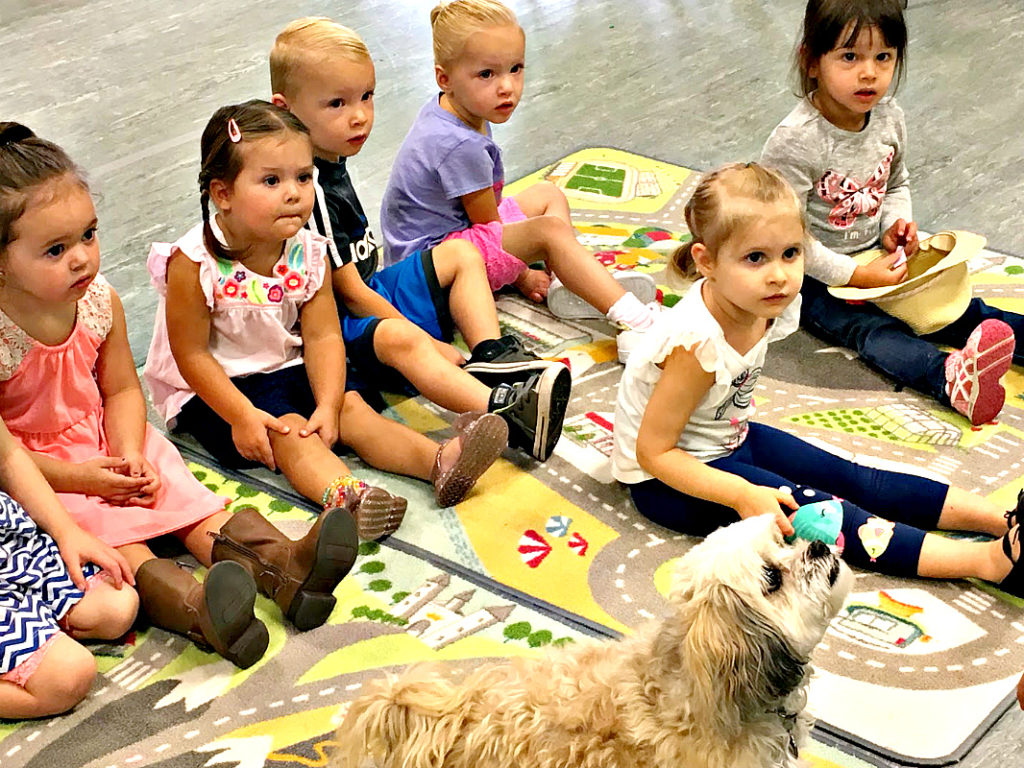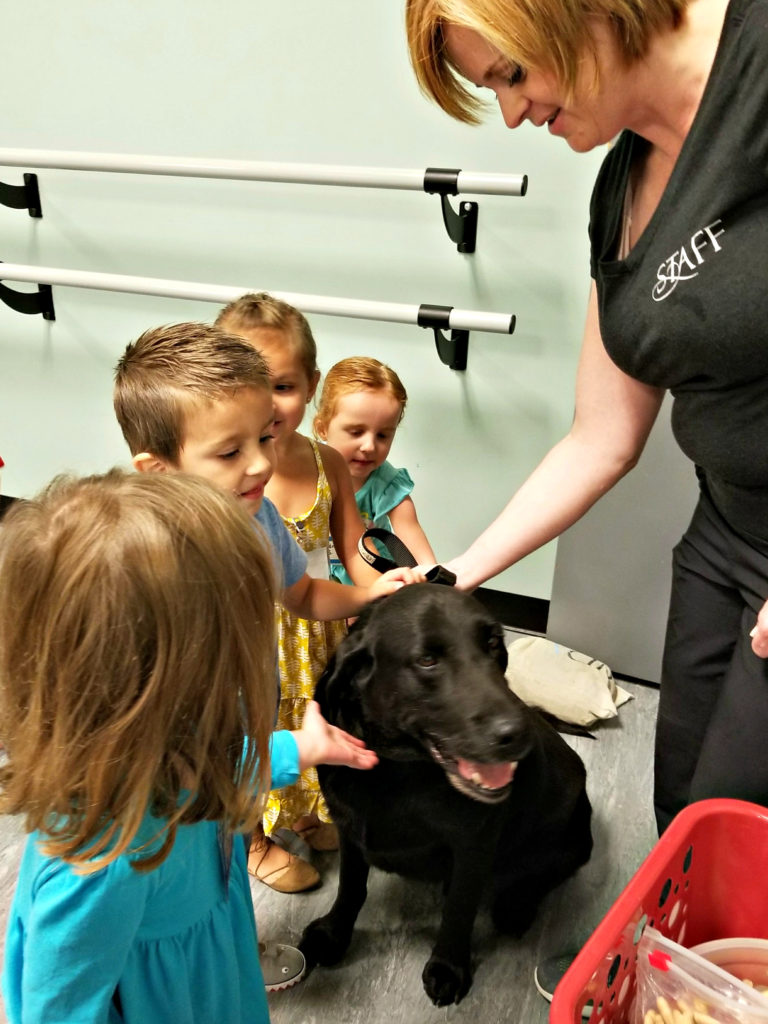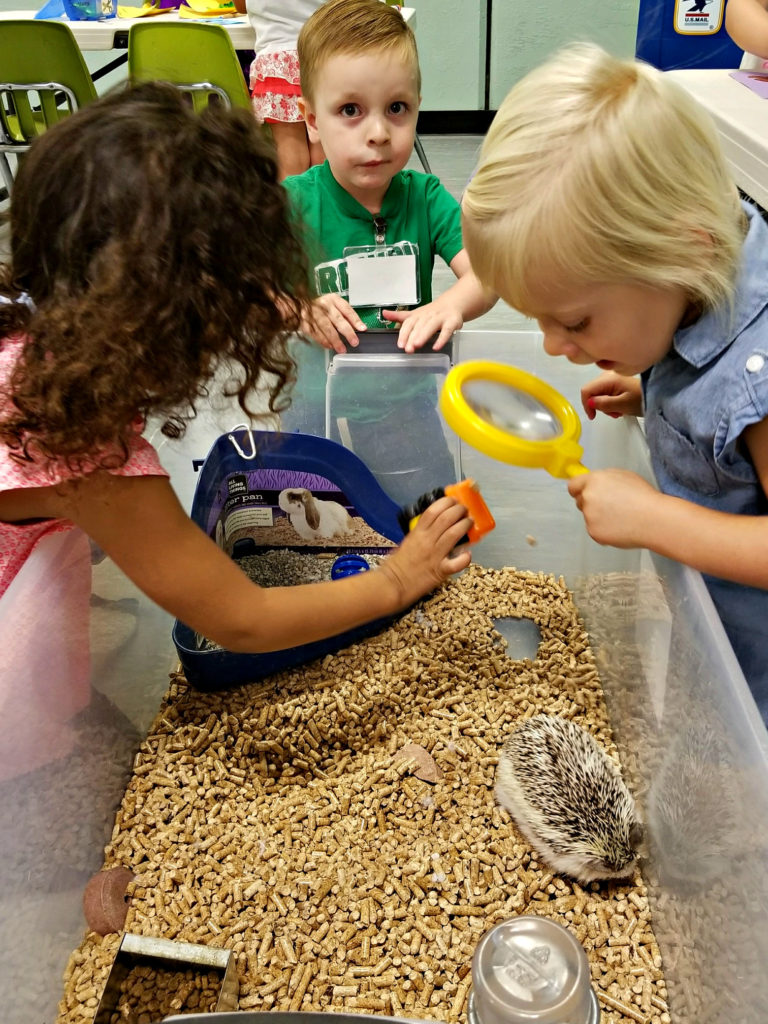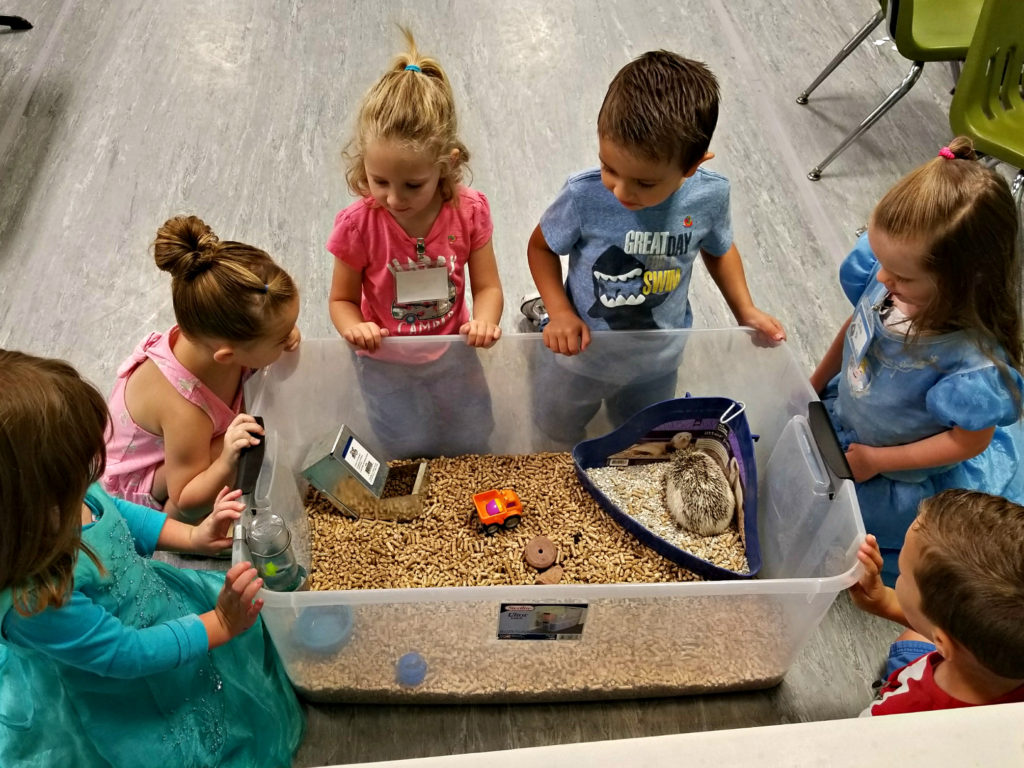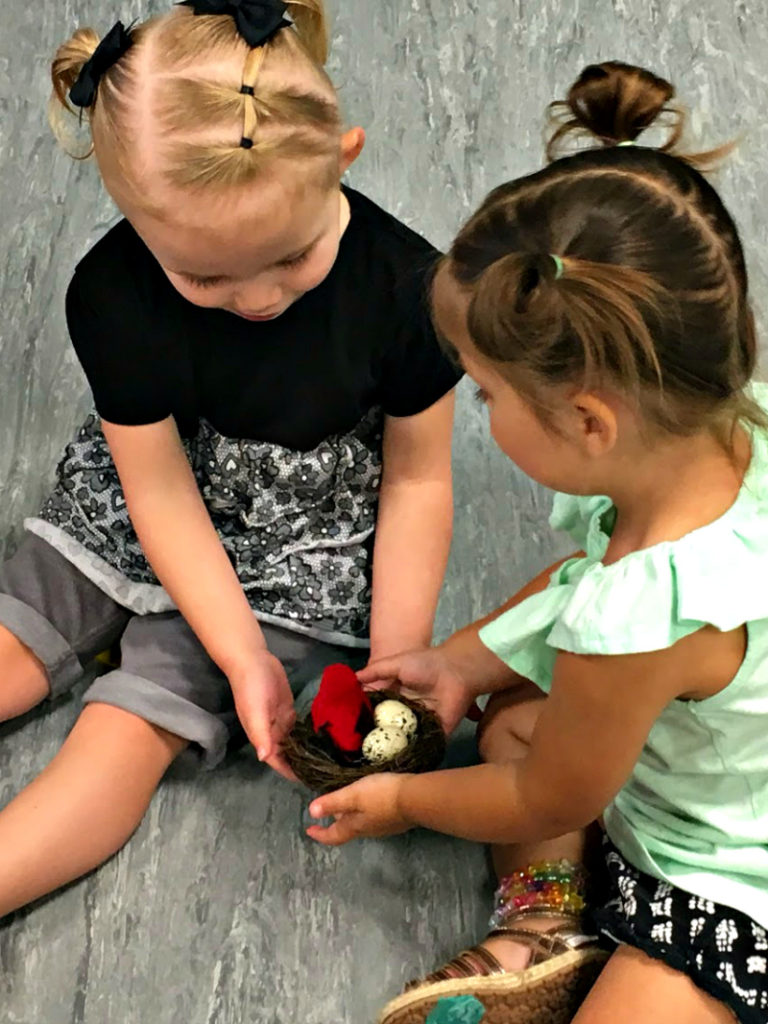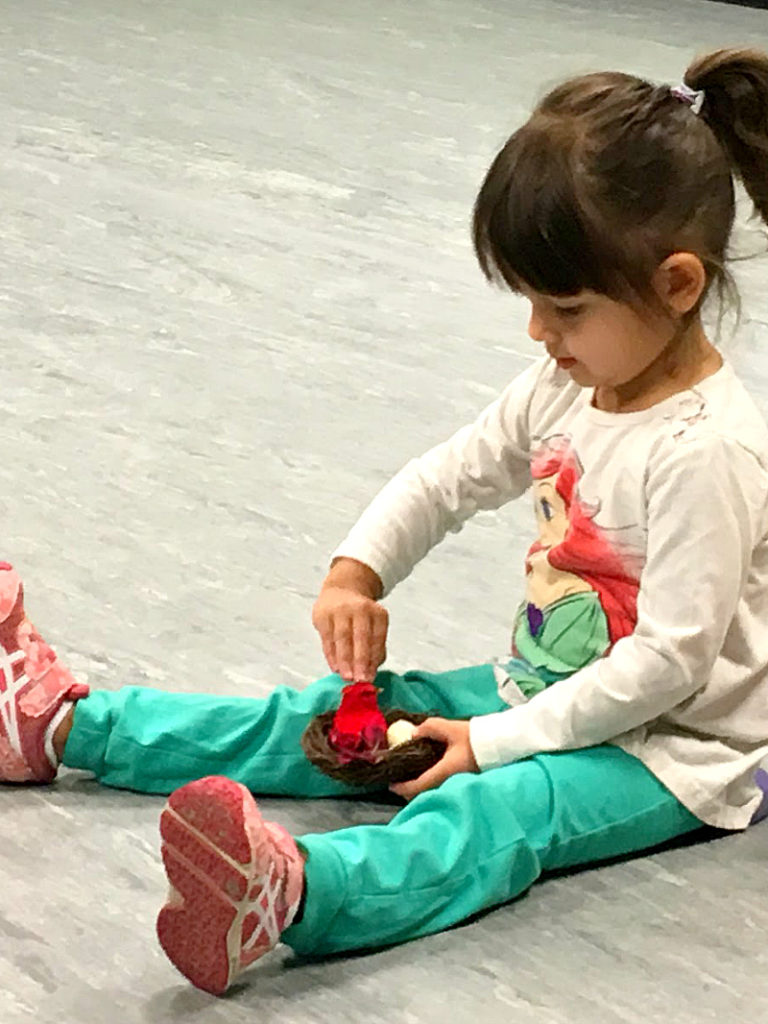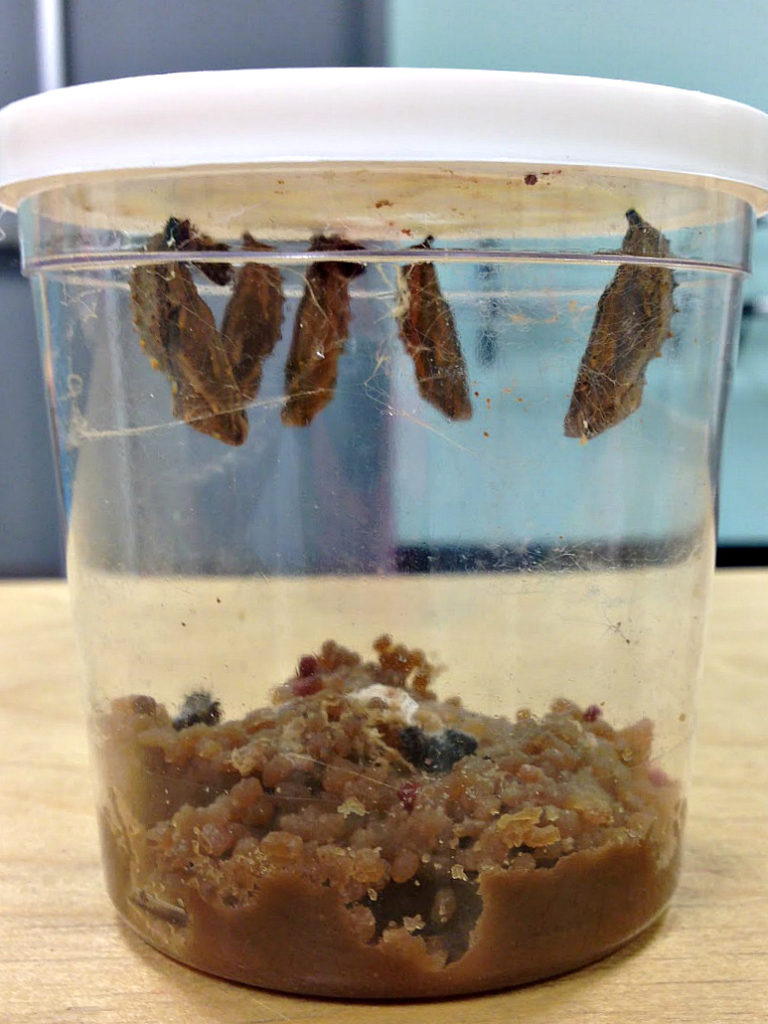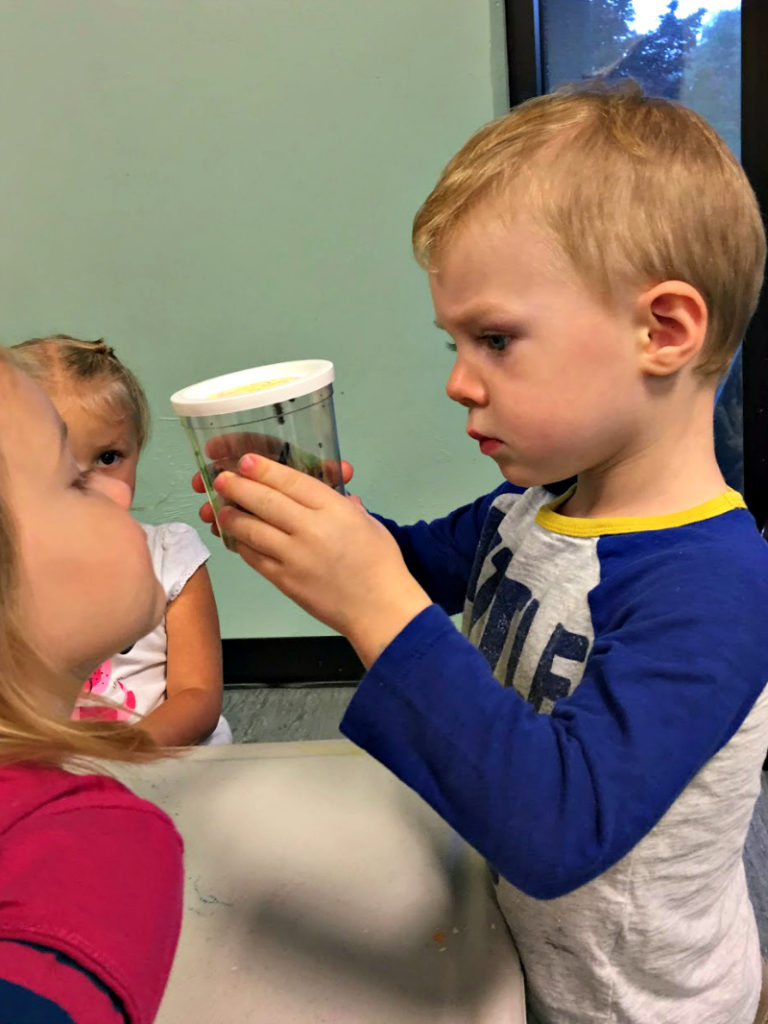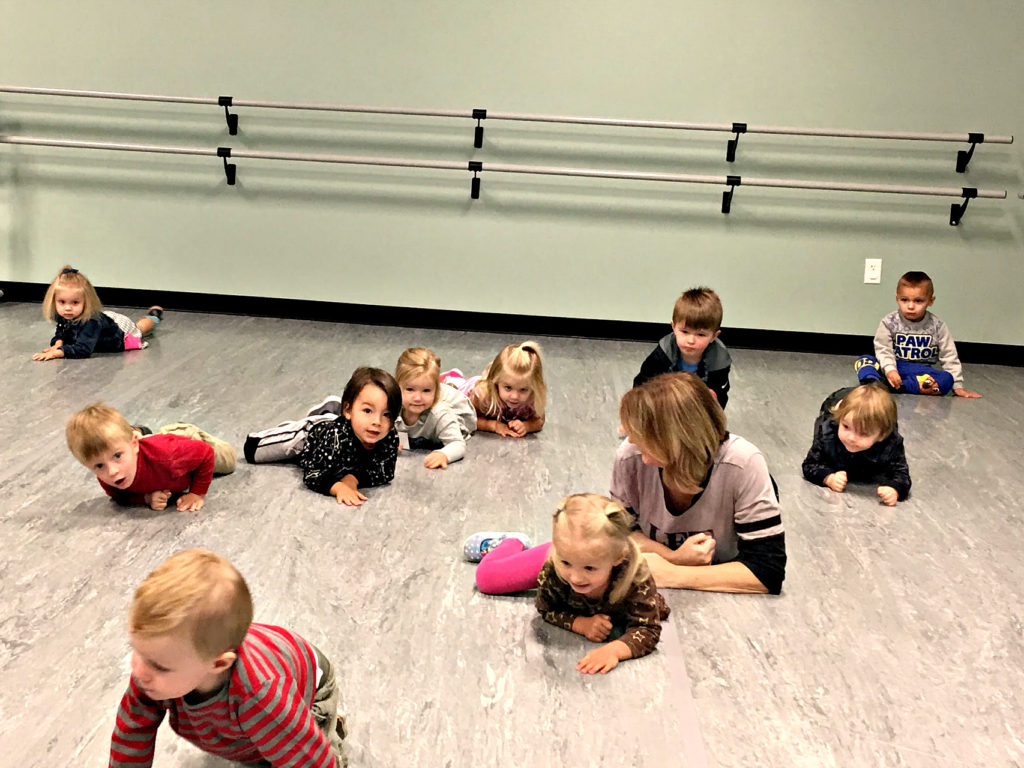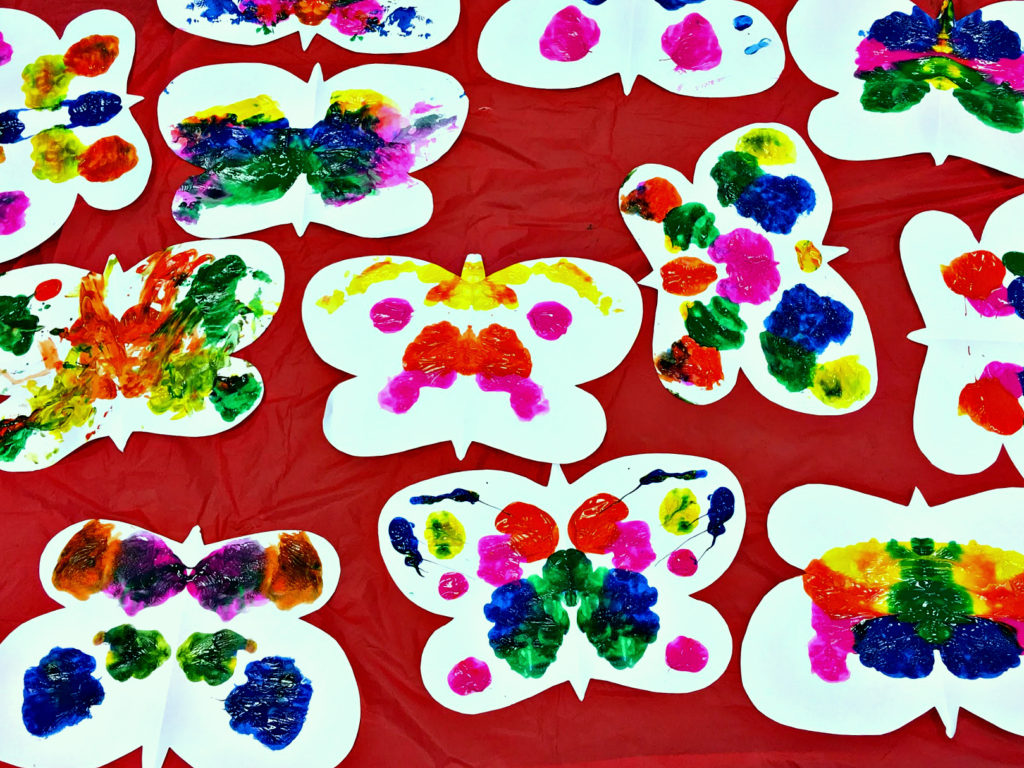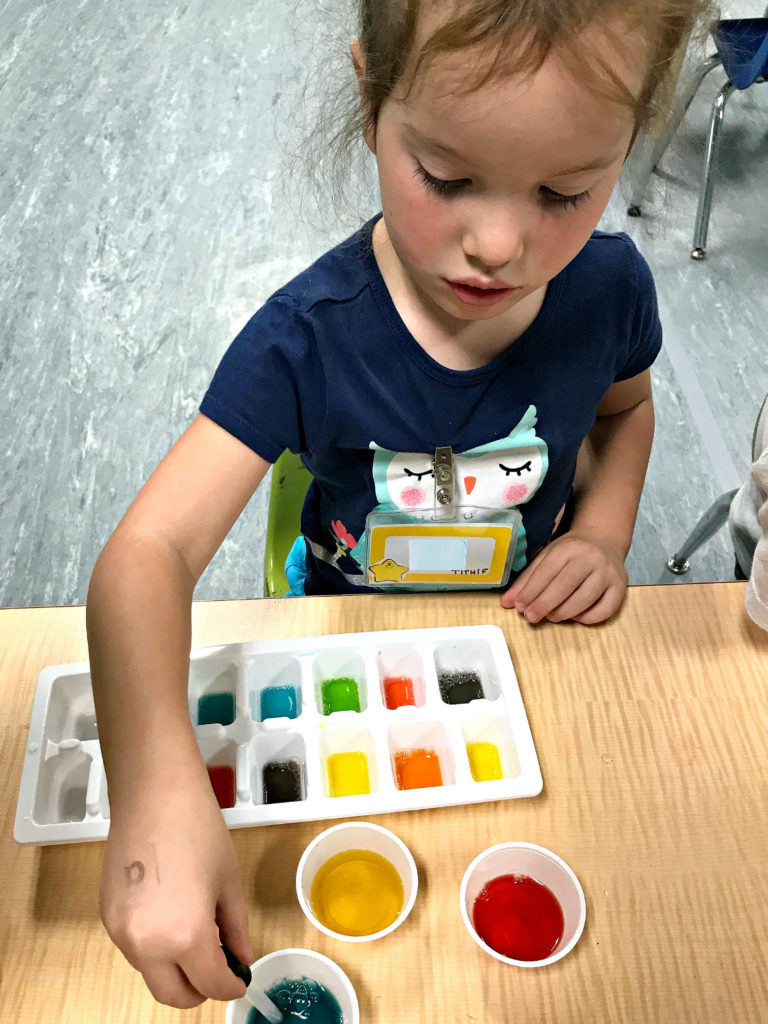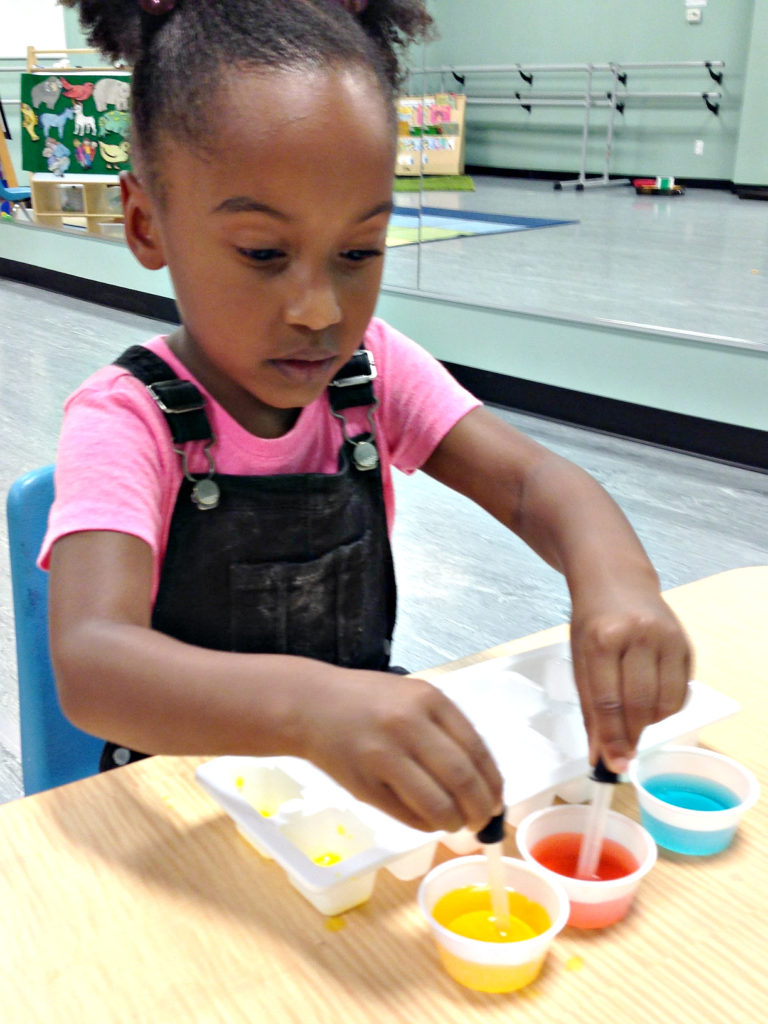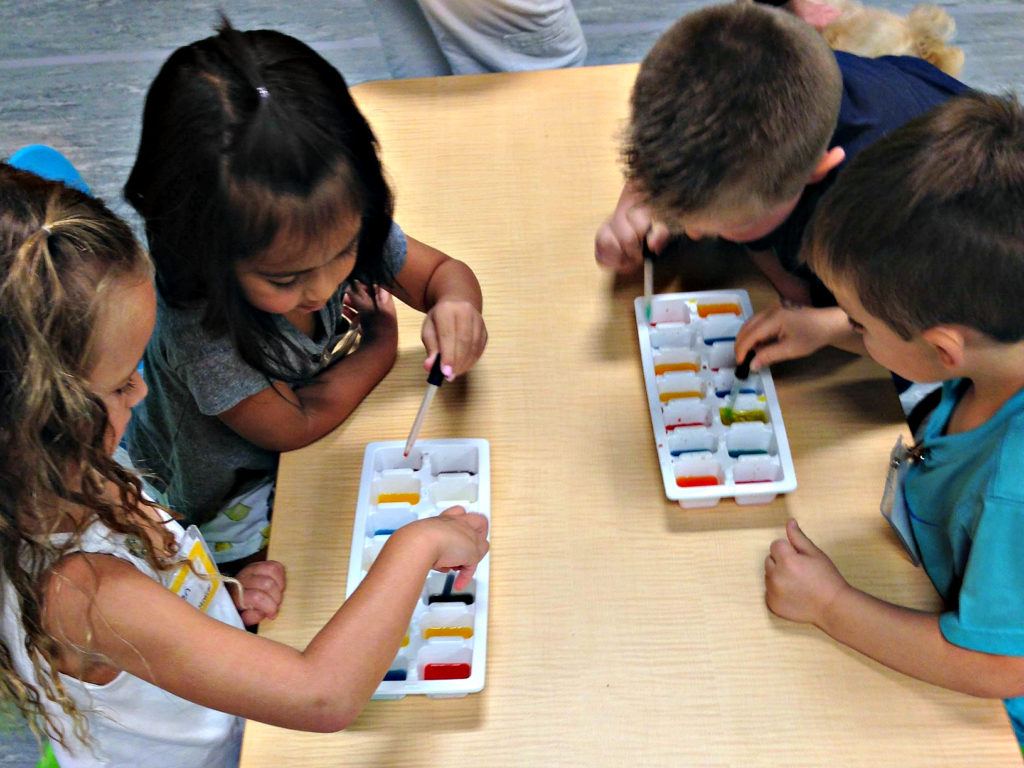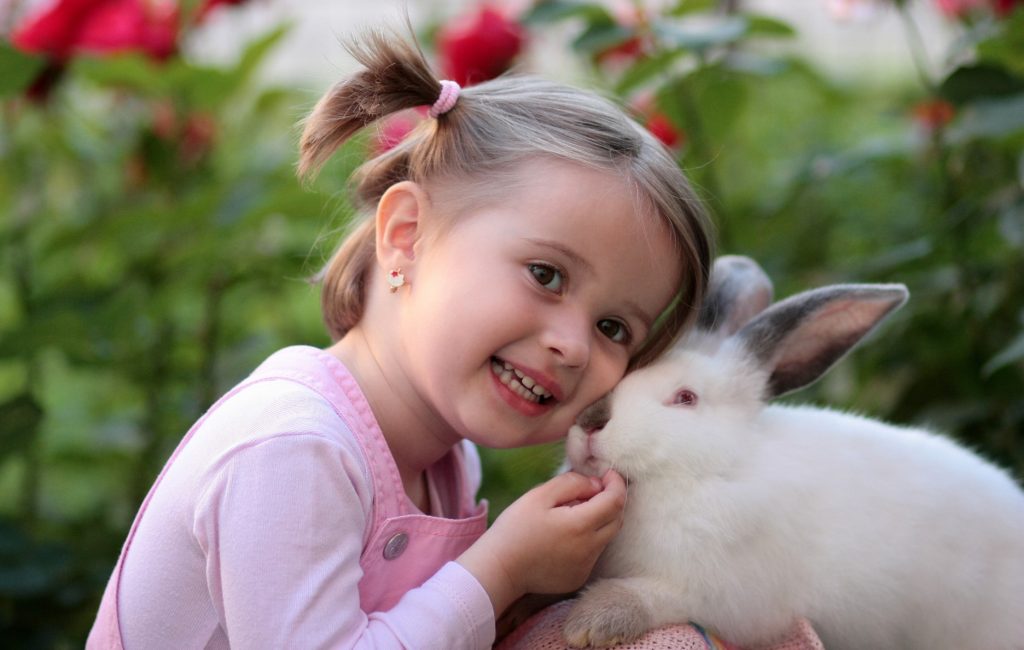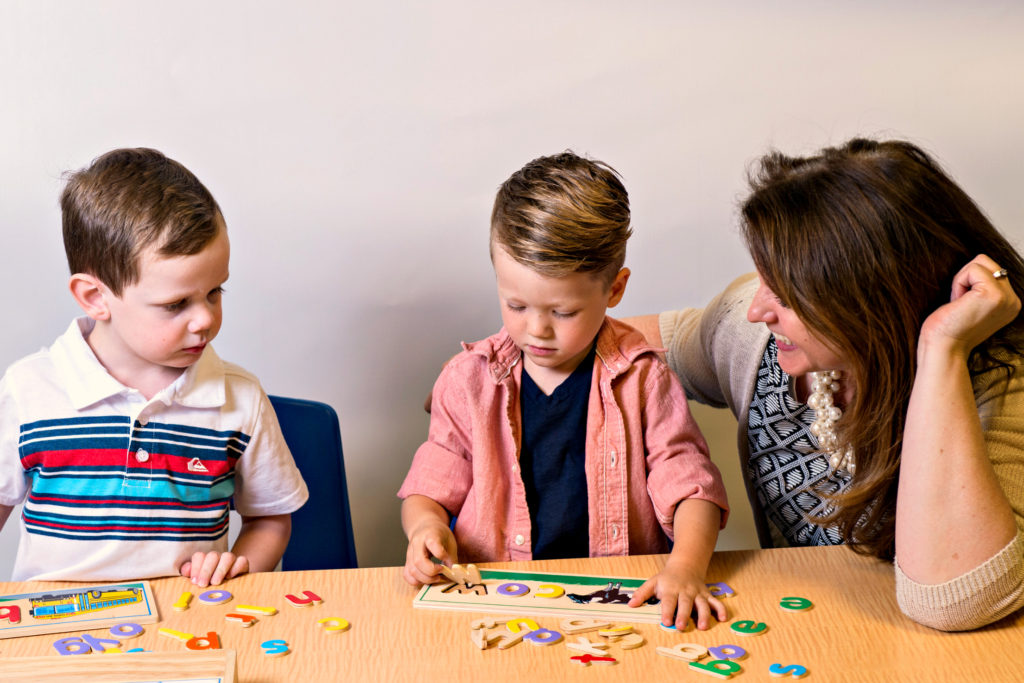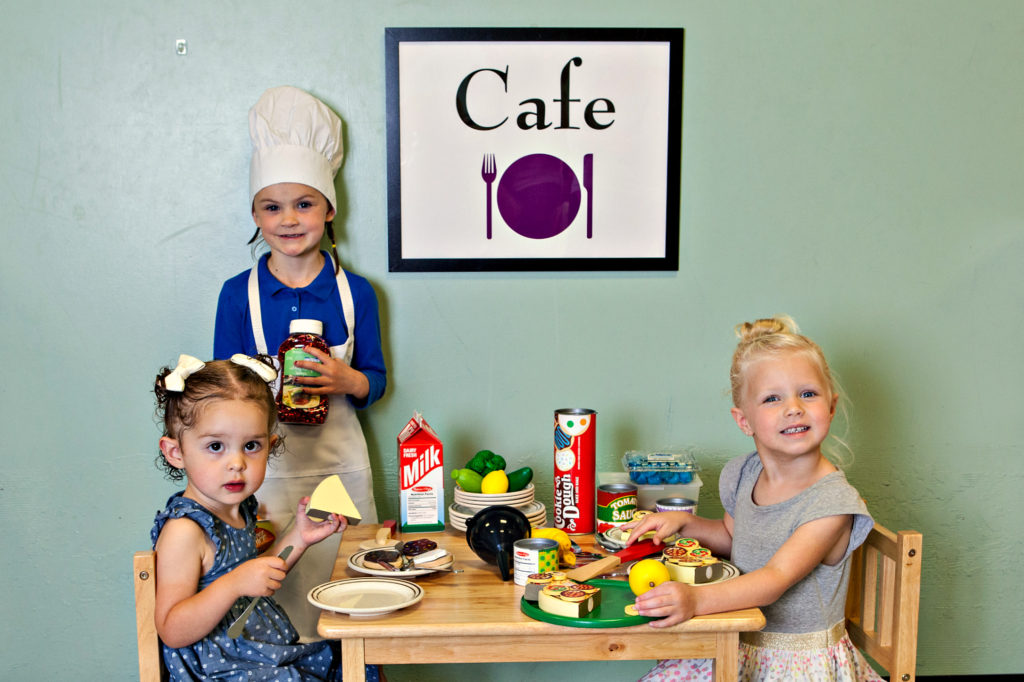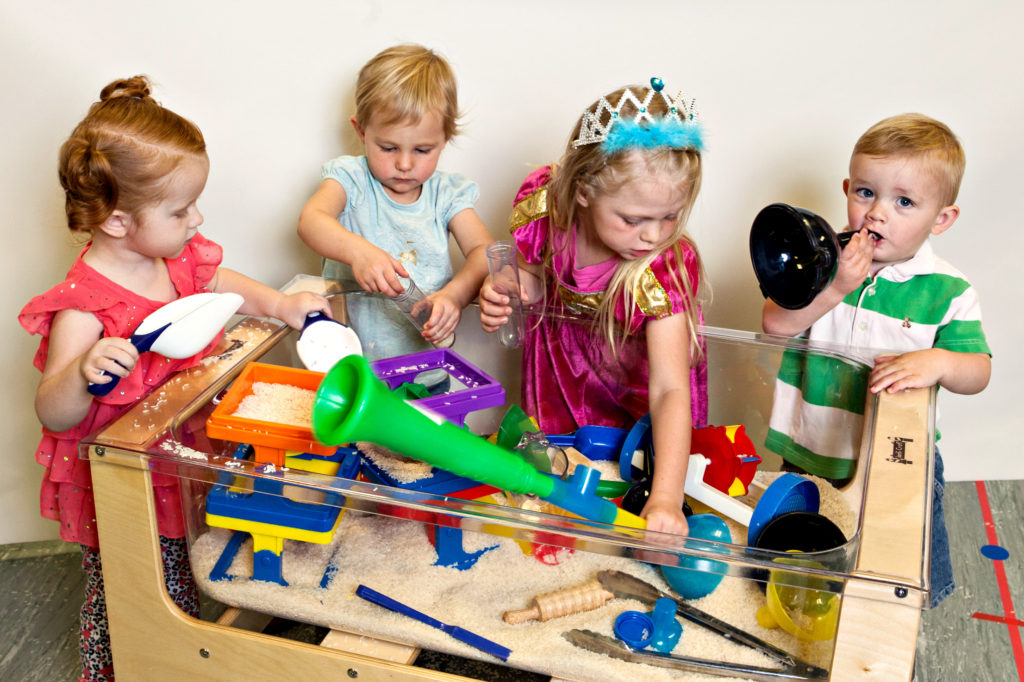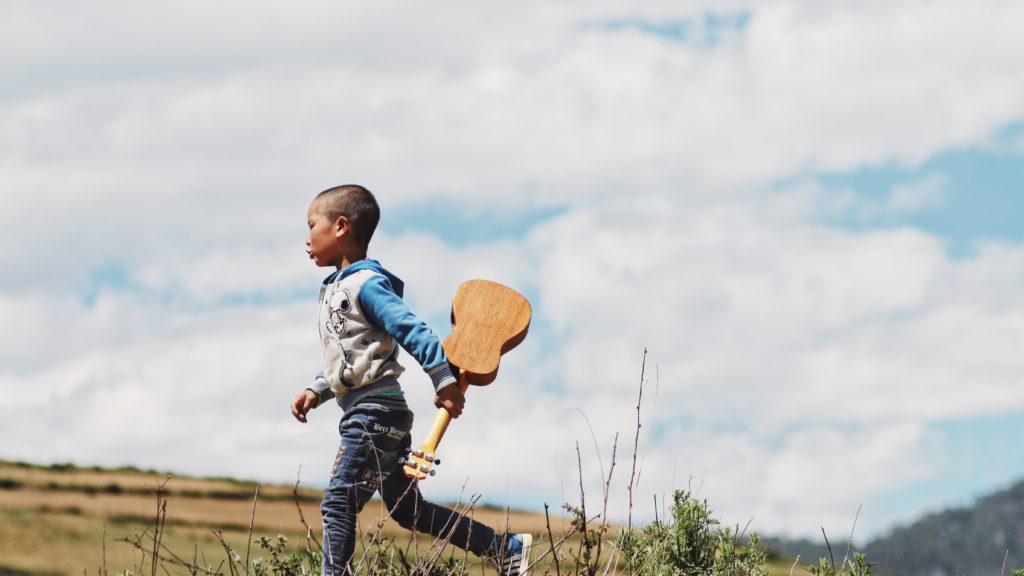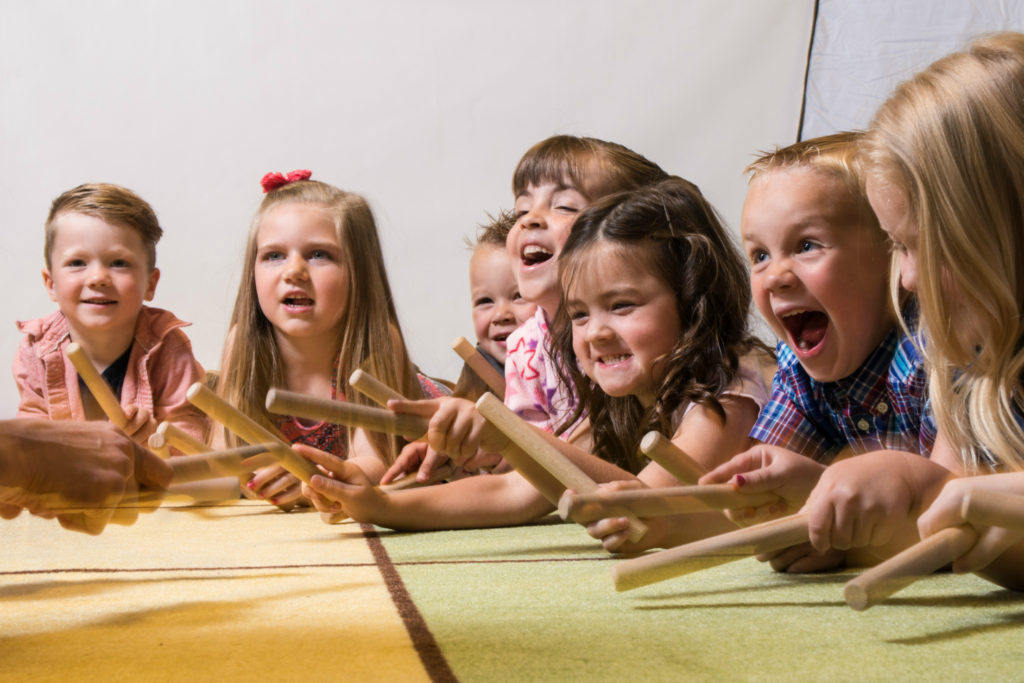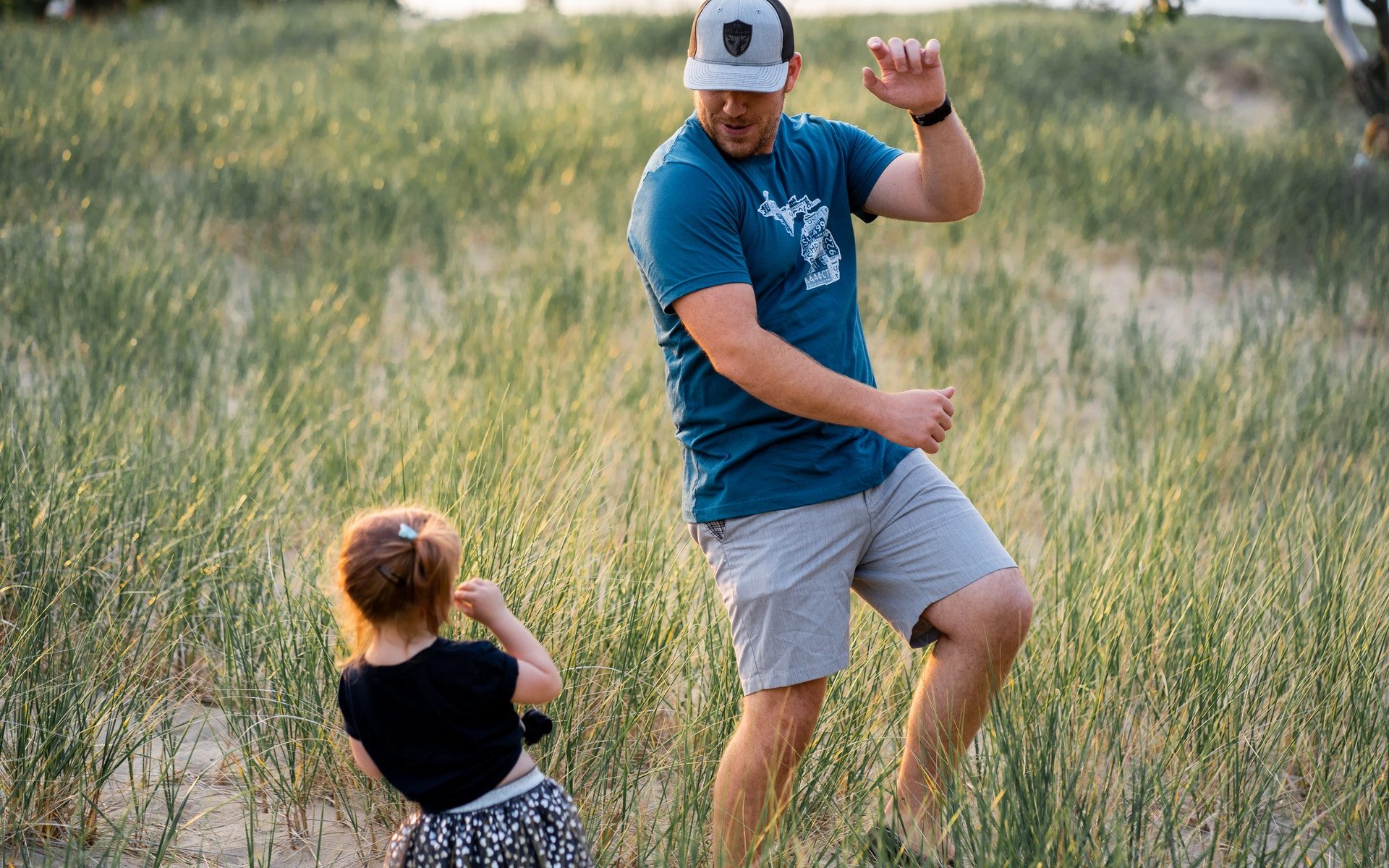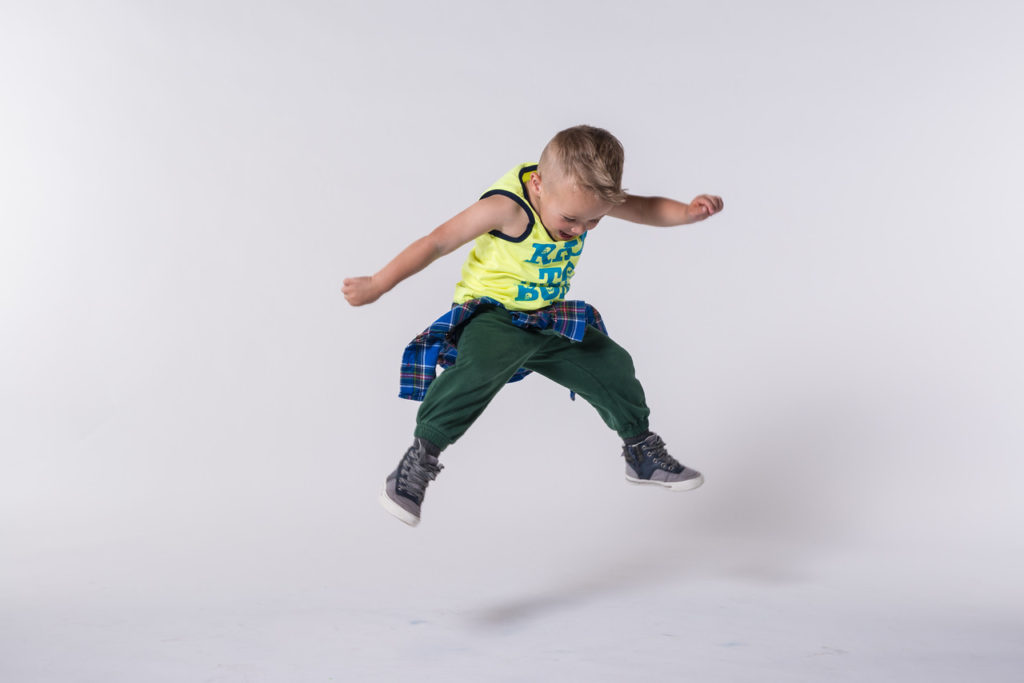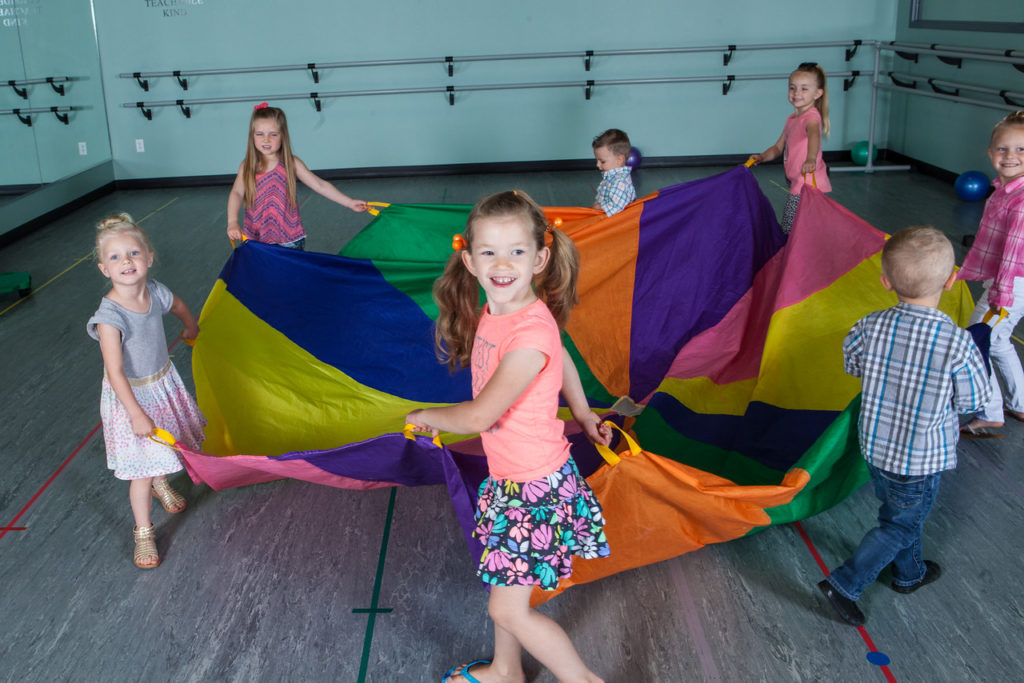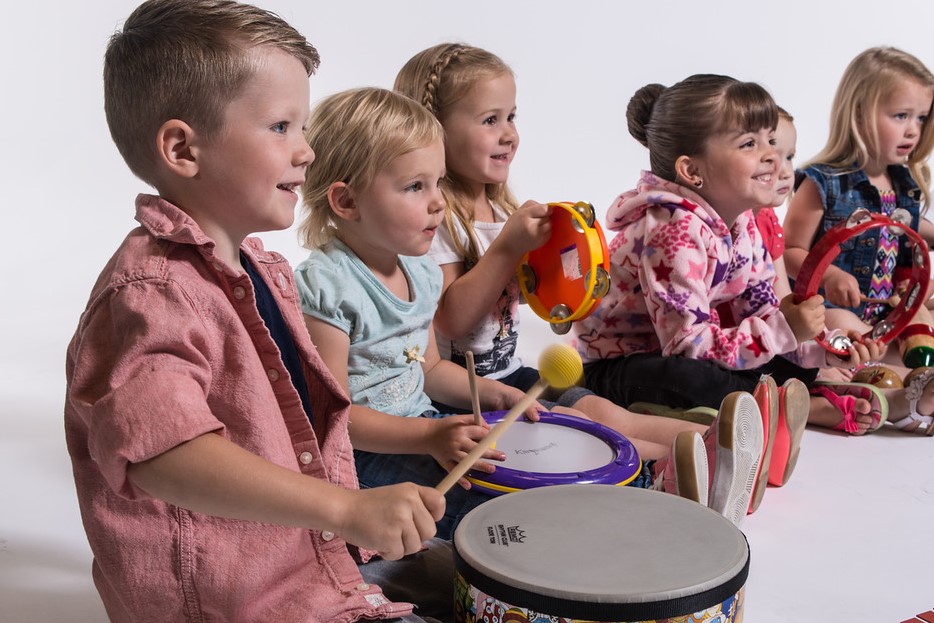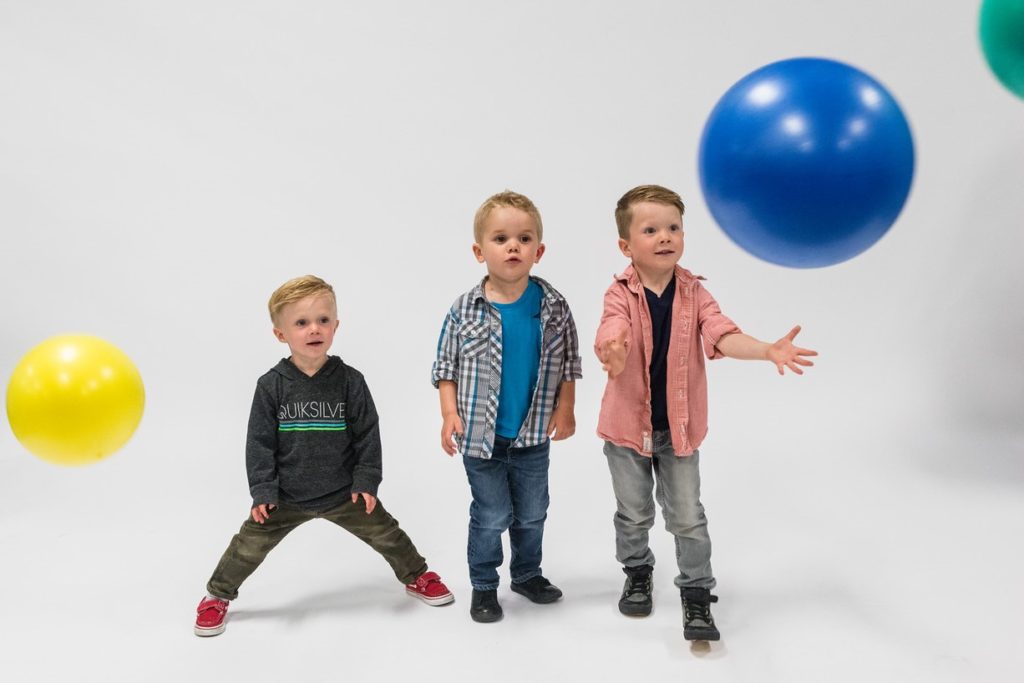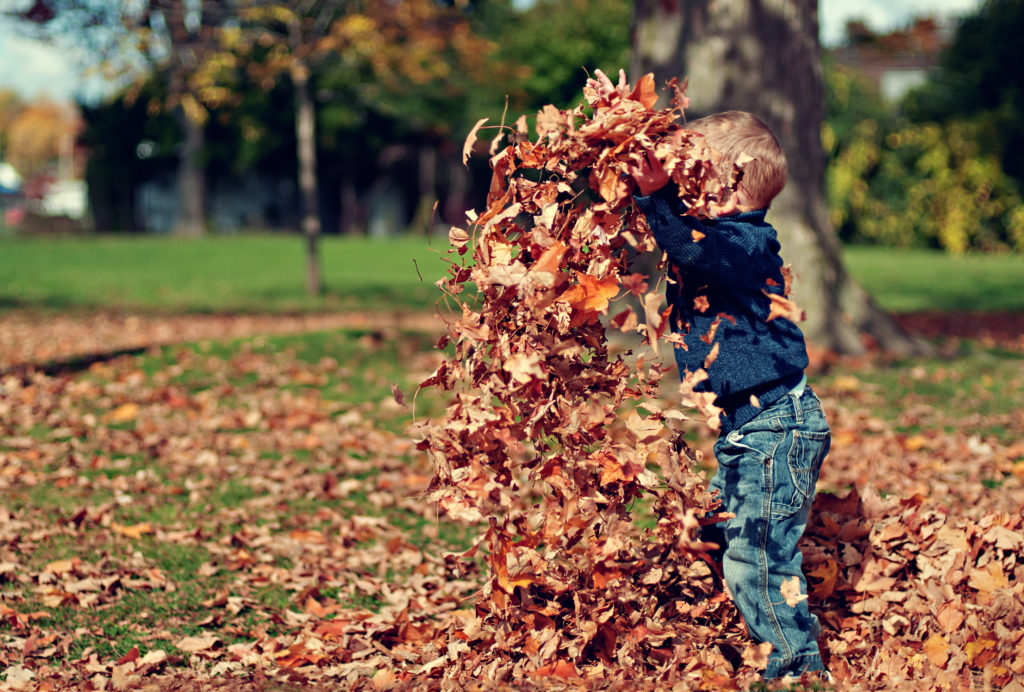Here at UDA Creative Arts Preschool, we feel it is paramount to teach our preschoolers how to be problem solvers. After all, isn’t life abounding in problems to be solved? And when it is time for us to send them on their way, we want them to have the skills they need to confidently tackle the issues they face. Here are some of our thoughts on how to help children solve problems, and some ideas you can try at home as well.
Problems Come In All Shapes and Sizes
Every day of life contains a series of “problems” to be solved. We are constantly finding solutions for lost keys, stacks of mail, an empty milk carton, a sick child, a low gas tank, a low checking account, an upset employer, traffic…the heart rate goes up just thinking about it!
Our adult problems can feel overwhelming at times. Although our preschooler’s problems may look simple and obvious to us, it’s important for us to recognize that their problems may feel just as overwhelming to them.
But not all problems are stressful. Learning a new skill, creating something new, and facing new challenges also present the opportunity to solve problems. For a preschooler, the process of learning how to come up with a solution, like building this fence for the barn animals, is challenging and, most often, fun!
Teach Them How to Express Their Feelings
Feelings are one of those things preschoolers are learning how to manage. Let’s be honest – aren’t we all? But there are healthy and unhealthy ways to express feelings.
We can start by modeling healthy expression of feelings as caregivers. Then, another tool to help you teach your preschooler are “I statements.” Using “I statements” not only helps your child identify what they are feeling, it is a healthy way to communicate those feelings to others.
Here are some examples:
- I feel angry when…
- I feel sad when…
- I think a good solution would be…
Using “I statements” avoids pointing blame on others and acknowledges that what we are saying is our own thoughts and opinions and not fact. Although, you may want to be prepared for a preschooler to argue their thoughts are, indeed, fact!
Ask the Right Questions
Questions are a fabulous tool for coming to solutions! We can ask questions to help solve problems of discovery, as well as leading the thought process through a social disagreement or hurt feelings.
- What will happen if? A great question for discovery! While playing, have children try different variables. What happens if I stack this here? What happens if we add this water to the sand? What happens if we drop this leaf and feather at the same time?
- Is there another way you can do it? Especially three-year-olds can get fixated on one right solution. By asking your child if there is another way, he or she can step back and brainstorm the possibilities.
- How did that make you feel? Whenever we have a social conflict arise at UDA Creative Arts Preschool, the first thing we ask is how the situation made the child feel. Identifying their feelings helps them recognize their emotions and identify the desire to avoid this same situation in the future.
- How do you think they feel? What a wonderful opportunity for children to learn how to empathize and have compassion!
- How can we make this a win-win situation? Learning how to compromise is necessary for healthy relationships in life. Some ideas for making compromises are turn-taking, sharing, and “let’s make a deal”.
Their Solution May Look Different Than Yours
So, your child decided the colander was a better helmet than the one in the dress-ups. No biggie! Usually your solution to a problem is going to look different than your child’s. Just like math, there is more than one way to find the solution.
There may be times when the sandals for sledding are just not going to cut it; however, in order to build confidence in problem solving, make sure you allow your child to use their solution as often as possible. If they do march out in the sandals, present the problem of being cold and see if they can come up with a new solution.
Remember, this is a process. Your two-year-old will probably not be able to work as a team to create a “turn rotation,” while your four-year-old posse may have it all drawn out on paper for you.
Use Literature to Model
What Do You Do With a Problem? by Kobi Yamada and Mae Besom is a darling book about tackling our problems. We highly recommend this book as a tool to discuss how to deal with problems, and how they can be a positive thing in our lives.
Literature is a great way to discuss problem solving with your child. Most books have some kind of a dilemma. Ask your children, (You guessed it!), more questions.
- What is the character’s problem?
- How do you think that character feels?
- How do you think they are going to solve the problem?
- What would you do?
It thrills us to watch our sweet preschoolers leave our four-year-old program not coming to teachers to solve their problems, but hearing them say things like, “I know! Let’s make this a win-win situation!” Children are very capable to solve problems when given the opportunity to practice. Come see how we are making problem solving a daily skill at UDA Creative Arts Preschool. You can schedule a tour by calling (801) 523-5930.
Written by: Elsje Denison


